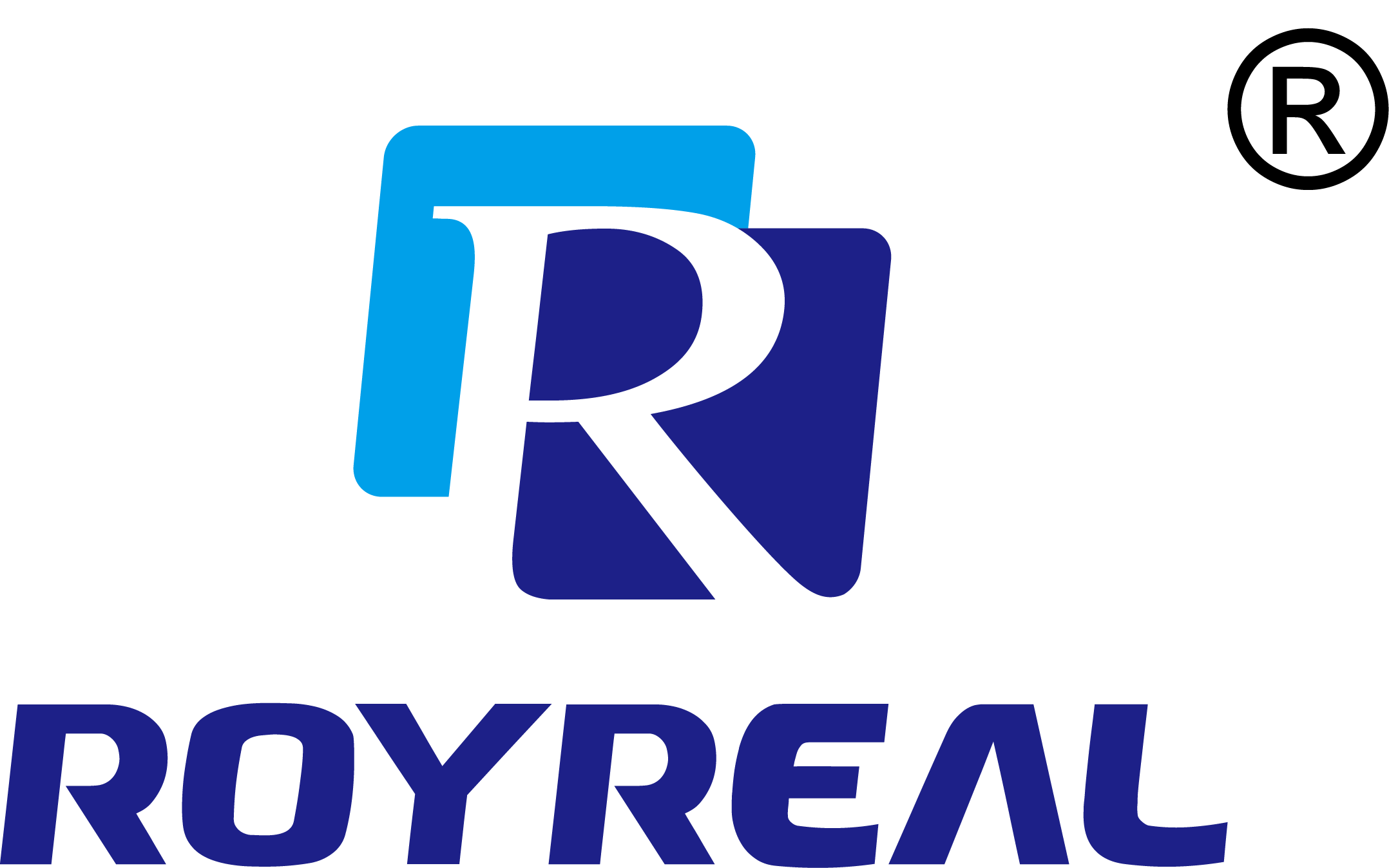Wet Gas Meter Calibration: A Comprehensive Guide for Instrumentation Professionals
Category: Industry News
Time:2024-12-09
Introduction:
Wet gas meter calibration plays a critical role in maintaining accuracy and reliability in the field of instrumentation, calibration, and verification. This comprehensive guide aims to provide instrumentation professionals with valuable knowledge and practical insights into wet gas meter calibration, its importance, and the challenges it poses.
1. Understanding Wet Gas Meter Calibration:
Wet gas meter calibration involves the process of calibrating and verifying the accuracy of meters used to measure the flow of wet gases. It ensures that these meters provide precise and reliable measurements, ultimately enhancing operational efficiency and minimizing errors.
2. Importance of Wet Gas Meter Calibration:
Accurate measurement of wet gas flow is crucial in various industries, including oil and gas, petrochemicals, and energy. Wet gas meter calibration enables companies to adhere to regulatory standards, optimize production processes, and ensure the proper allocation of resources.
3. Challenges in Wet Gas Meter Calibration:
Calibrating wet gas meters presents unique challenges due to the complex nature of wet gas flow, which may contain liquid droplets or particulate matter. These challenges include handling multiphase flows, accounting for phase changes, managing pressure differentials, and selecting appropriate calibration techniques.
4. Wet Gas Meter Calibration Techniques:
Various techniques are employed for wet gas meter calibration, including gravimetric calibration, water draw calibration, and dynamic calibration methods. Each technique has its advantages and limitations, and the choice depends on factors such as meter type, flow conditions, and accuracy requirements.
5. Best Practices for Wet Gas Meter Calibration:
To ensure accurate calibration results, adherence to best practices is essential. These include proper meter installation and configuration, regular maintenance and inspection, documentation of calibration procedures, and adherence to industry standards and guidelines.
6. Advances in Wet Gas Meter Calibration:
Advancements in technology have led to the development of innovative wet gas meter calibration methods, such as using laser-based systems or computational fluid dynamics (CFD) simulations. These advancements offer improved accuracy, efficiency, and cost-effectiveness in the calibration process.
Conclusion:
Wet gas meter calibration is a critical aspect of instrumentation, calibration, and verification in various industries. By understanding the process, significance, and challenges associated with wet gas meter calibration, professionals can enhance their expertise, ensure accurate measurements, and contribute to operational excellence.
Note: The above article has been optimized for clarity, creativity, and audience engagement while maintaining a professional tone.
Keywords:
 EN
EN RU
RU SP
SP
